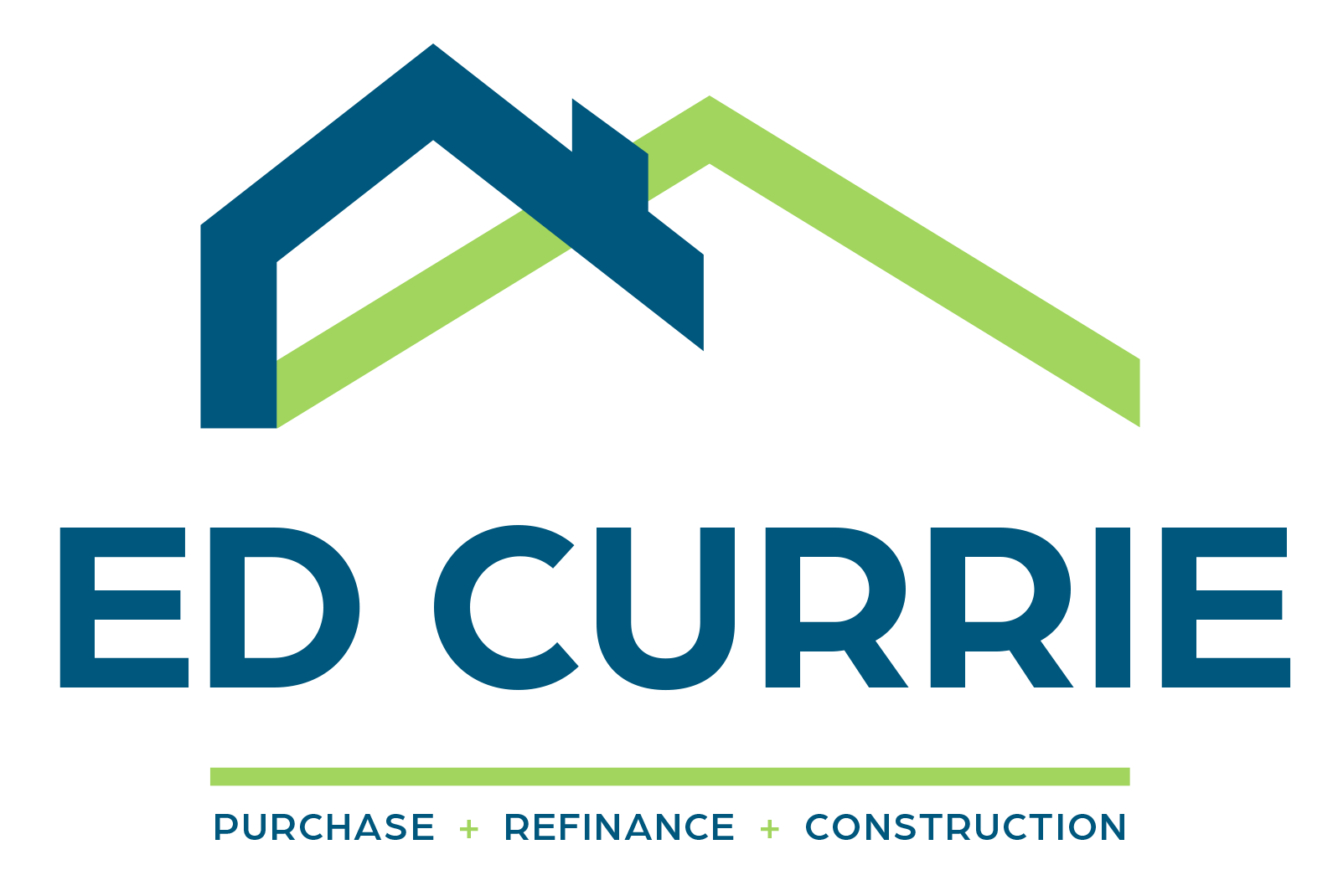One of the most important aspects of a construction project is developing and maintaining a solid budget. The loan is approved and the appraisal is done based on the budget that is provided by the client during the loan process. Once the loan closes, the bank will payout on the project based on that same budget.
Payouts are based on individual line items (i.e. excavation, cabinets, etc) So if the budget called for the cost of cabinets at $40,000 and the final bill comes in at $45,000, the client needs to make up the $5,000 difference at the time the cabinets are paid for. You are not able to delay that payment until the end of the project. This is how the loan stays in balance. The bank needs to ensure that there are always funds set aside to complete the project in its entirety.
Taking funds from other line items during the construction phase (or line item shifting) is only allowed when the item you are stealing from has been paid out in its entirety. For example, in the cabinet example from above if the final cost came in at $35,000, you could take the $5,000 and apply it to another line item you will draw on in the future.
Putting together a strong, accurate budget will save a lot of time and headaches during the construction phase. In some cases, like a purchase situation, pulling together a strong budget is not always possible. If that’s the case, using some solid preventative strategies (like front loading the contract or adding a contingency) will help the project go a little smoother.
Making changes to the budget during the construction phase is not uncommon and certainly allowed. But putting together a solid budget upfront and understanding the ramifications of a budget change will help make your project a success.
One of the most important aspects of a construction project is developing and maintaining a solid budget. The loan is approved and the appraisal is done based on the budget that is provided by the client during the loan process. Once the loan closes, the bank will payout on the project based on that same budget.
Payouts are based on individual line items (i.e. excavation, cabinets, etc) So if the budget called for the cost of cabinets at $40,000 and the final bill comes in at $45,000, the client needs to make up the $5,000 difference at the time the cabinets are paid for. You are not able to delay that payment until the end of the project. This is how the loan stays in balance. The bank needs to ensure that there are always funds set aside to complete the project in its entirety.
Taking funds from other line items during the construction phase (or line item shifting) is only allowed when the item you are stealing from has been paid out in its entirety. For example, in the cabinet example from above if the final cost came in at $35,000, you could take the $5,000 and apply it to another line item you will draw on in the future.
Putting together a strong, accurate budget will save a lot of time and headaches during the construction phase. In some cases, like a purchase situation, pulling together a strong budget is not always possible. If that’s the case, using some solid preventative strategies (like front loading the contract or adding a contingency) will help the project go a little smoother.
Making changes to the budget during the construction phase is not uncommon and certainly allowed. But putting together a solid budget upfront and understanding the ramifications of a budget change will help make your project a success.




![EdCurrie_Logo White[Transparent] EdCurrie_Logo White[Transparent]](https://edcurrie.com/wp-content/uploads/elementor/thumbs/EdCurrie_Logo-WhiteTransparent-qybu3sjgpfhje9098uitv7fpt7os2hgn52gfy6ocx4.png)